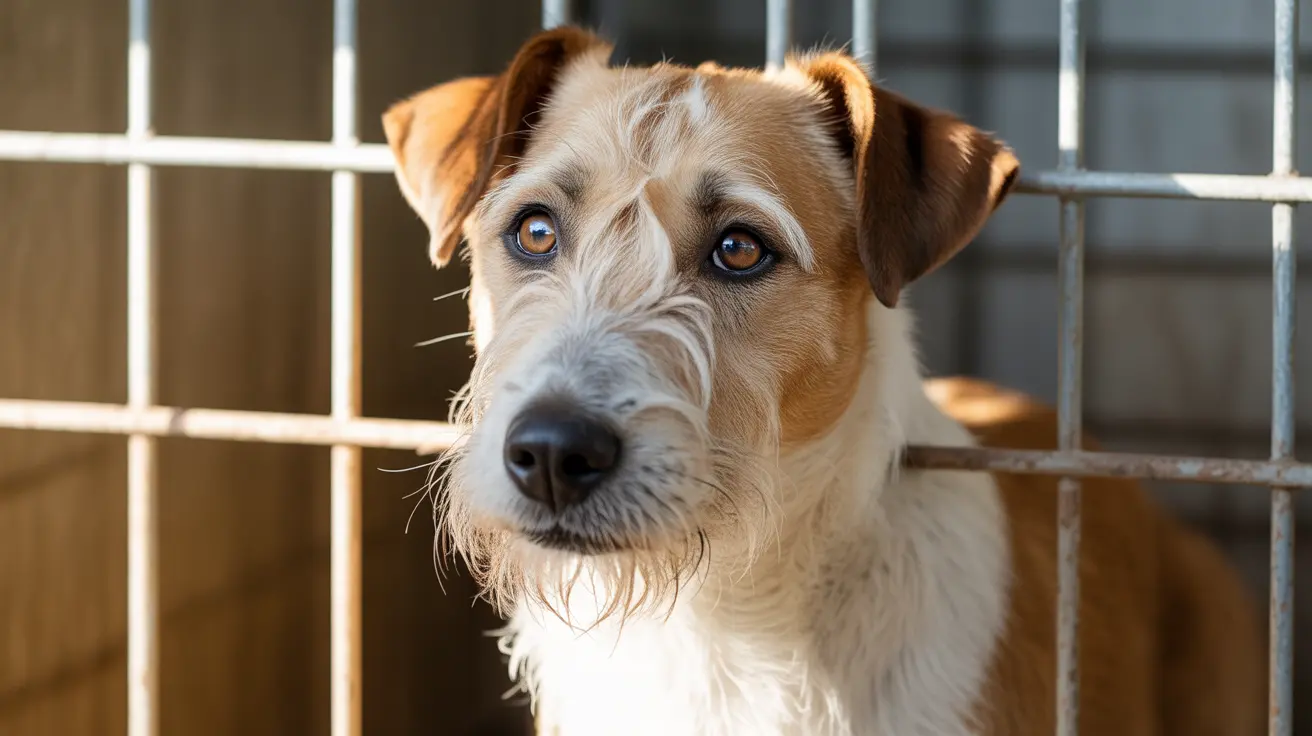Understanding Why Your Dog Is Suddenly More Cuddly
If your dog has recently become extra affectionate and is constantly by your side, you may be witnessing what is known as clingy behavior or velcro dog syndrome. While some level of closeness is natural in canine companionship, a sudden increase in cuddle-seeking might indicate underlying causes that require your attention.
Main Reasons Your Dog Is Extra Cuddly
- Learned Behavior: If you consistently rewarded your dog with attention or treats whenever they stayed close, they may have learned that this behavior gets positive results. Puppies especially can become overly attached when they are showered with constant affection early on.
- Health Concerns: Sudden cuddly behavior could be your dog’s way of seeking comfort while experiencing pain, discomfort, or age-related issues such as hearing or vision loss. Senior dogs may also have canine cognitive dysfunction, prompting them to look for safety and reassurance.
- Stress and Anxiety: Changes such as moving homes, the addition of a new pet or family member, or loud noises like thunderstorms can spike your dog’s anxiety, causing them to seek comfort from you. Dogs are also highly attuned to your emotional state and may mirror your stress levels with increased affection.
- Separation Anxiety: While different from clinginess, mild clingy behavior can escalate into full-blown separation anxiety if left unchecked. Dogs with this condition may whine, destroy furniture, or forget their house training when left alone.
- Breed Predisposition: Some breeds are naturally more inclined to stick close to their humans. Breeds like Labrador Retrievers, Chihuahuas, Shih Tzus, and Border Collies are known for their affectionate tendencies and desire for constant contact.
- Early Trauma or Shelter Background: Dogs with a rough start in life or those adopted from shelters might need extra affection and reassurance to feel safe, especially if they have experienced abandonment or the loss of a previous companion.
- Lack of Socialization: A dog that hasn’t been exposed to various environments or people early on might lack confidence and look to its owner for constant reassurance.
- Attention-Seeking and Boredom: Dogs get bored just like humans. If they’re not getting enough mental and physical stimulation, they may resort to clingy behavior as a way to stay engaged and entertained.
- Hormonal Shifts: Female dogs in heat and those experiencing hormonal changes due to pregnancy, spaying, or medical conditions like hypothyroidism or Cushing’s disease may display increased attachment.
- Environmental Comfort: Sometimes, dogs seek warmth and comfort during cold weather or because they enjoy the familiar scent and presence of their owner.
- Resource Guarding: In some cases, dogs may stay close not for affection but to guard their favorite human— a behavior rooted in possessiveness.
Signs of Problematic Clinginess
- Following you from room to room
- Panicking or whining when you leave
- Destructive behavior when left alone
- Seeking constant physical contact
- Loss of interest in activities previously enjoyed
How to Help Your Dog Be More Independent
- Increase Exercise: Ensure your dog gets adequate physical activity tailored to their age and breed.
- Offer Mental Stimulation: Use puzzle toys, training games, and scent-based activities to keep your dog mentally active.
- Create a Safe Space: Provide a designated, comfortable area where your pet can relax away from you.
- Gradually Desensitize: Reduce anxiety by getting them used to your departure activities, like picking up your keys, without actually leaving.
- Reinforce Independence: Praise and reward moments when your dog chooses to lie alone or stay calm when you’re not engaged with them.
- Stick to a Routine: Dogs feel more secure with a predictable schedule for feeding, walks, and playtime.
- Address Medical Issues: Consult a veterinarian to rule out illness, pain, or hormonal imbalances.
- Separation Training: For signs of separation anxiety, work with a trainer or vet to gradually help your dog tolerate being alone.
- Combat Boredom: Rotate toys, schedule regular play sessions, and introduce new toys or activities every few days.
- Build Confidence: Introduce your dog slowly to different people, pets, and environments with positive reinforcement.
When to Consult a Professional
If your dog’s clinginess seems excessive, appears suddenly, or is accompanied by other concerning signs like vomiting, sudden aggression, or lethargy, it’s time to seek professional help. A veterinarian can rule out health problems, while a certified behaviorist can design a plan to build your dog’s confidence and independence.
Clingy dogs can be sweet and affectionate, but understanding and addressing the root cause ensures a balanced, emotionally healthy life for your furry companion.





